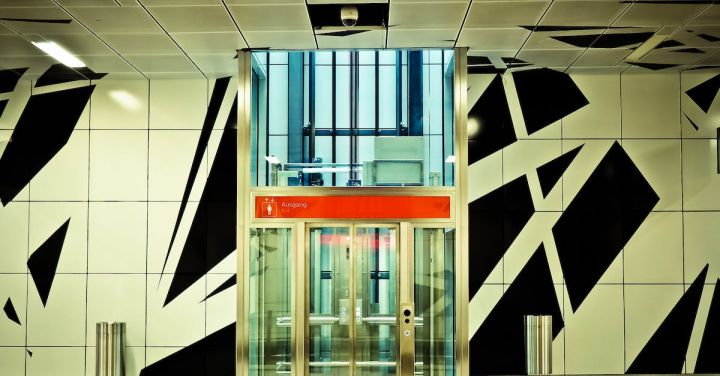Art has always been a means for humans to express their creativity and emotions. It is a language that transcends barriers and tells stories that words alone cannot convey. Throughout the centuries, artists have found inspiration in a multitude of subjects, from nature to human relationships. One such subject that has captured the imagination of artists is trains.
Trains, with their powerful engines and relentless motion, have long fascinated artists. They represent progress, freedom, and adventure. From the early days of steam locomotives to the sleek high-speed trains of today, artists have sought to capture the essence of these magnificent machines on canvas.
One artist who found trains to be a captivating muse was Claude Monet. In his famous painting, “Gare Saint-Lazare,” Monet depicted the bustling train station in Paris. The smoke billowing from the locomotives creates a sense of movement and energy, while the vibrant colors convey the excitement and chaos of the bustling station. Through his brushstrokes, Monet managed to capture the essence of the industrial revolution and the impact of trains on society.
Another artist who found inspiration in trains was Edward Hopper. In his painting, “Nighthawks,” Hopper portrayed a late-night scene at a diner, with a train passing by in the background. The train, with its bright lights and fleeting presence, adds an element of mystery and transience to the painting. It symbolizes the passing of time and the transient nature of human existence. Hopper’s use of light and shadow further enhances the atmosphere of the painting, creating a sense of isolation and contemplation.
Trains have also been a subject of fascination for contemporary artists. One such artist is David Hockney, who created a series of paintings depicting trains in the Yorkshire countryside. Hockney’s bold use of color and geometric shapes gives his paintings a sense of vibrancy and dynamism. Through his unique style, Hockney captures the beauty and energy of the trains as they traverse the picturesque landscape.
The allure of trains as a muse is not limited to the realm of painting. In the world of photography, trains have also been a popular subject. One photographer who has captured the beauty of trains is O. Winston Link. In his series, “The Last Steam Railroad,” Link documented the final days of steam locomotives in the United States. His photographs not only showcase the trains themselves but also the people and landscapes that were affected by their presence. Through his lens, Link immortalized a bygone era and preserved the legacy of steam trains for future generations.
Trains have also found their way into the world of literature. In the novel, “Murder on the Orient Express,” Agatha Christie masterfully weaves a tale of intrigue and suspense aboard a luxurious train. The train becomes a microcosm of society, with its diverse cast of characters and hidden secrets. Christie’s use of the train as a setting adds an element of claustrophobia and tension to the story, making it a true page-turner.
In conclusion, trains have served as a muse for artists across various mediums. From paintings to photographs, literature to music, trains have inspired countless works of art. They represent not only a means of transportation but also a symbol of progress, adventure, and the human spirit. Through their depictions of trains, artists have captured the essence of these magnificent machines and the impact they have on society. So, next time you see a train passing by, take a moment to appreciate its beauty and the inspiration it has provided to artists throughout history.
